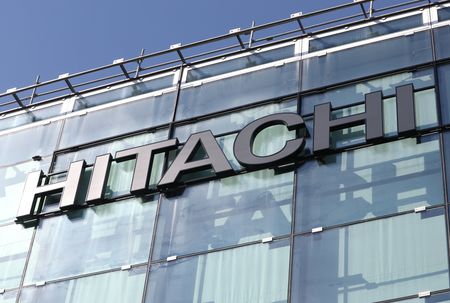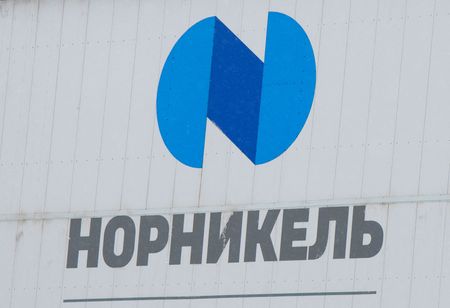By Anirban Sen and Mrinmay Dey
NEW YORK (Reuters) -Exchange operator Nasdaq is introducing stricter listing standards including a higher minimum public float for some new listings and a faster process to delist thinly traded companies, part of a broader effort to crack down on potential market manipulation.
Nasdaq said in a statement on Wednesday that the changes follow a review of trading activity, including patterns associated with “potential pump-and-dump schemes in U.S. cross-market trading environments,” referring to manipulative schemes which aim to push up share prices.
The new rules aim to raise minimum liquidity standards, among other changes.
Nasdaq also said it would require companies primarily operating in China to raise a minimum of $25 million in public offering proceeds to qualify for listing.
Nasdaq has conducted a years-long investigation aimed at clamping down on wild stock rallies of smaller companies from China, following a surge in recent years of shares of such companies that raise small amounts in their IPOs.
Investors have been heavily bruised by some of these listings, as some Chinese stocks have risen as much as 2000% in their debuts, only to nosedive in the following days.
The New York-based exchange operator said it submitted the proposed rules to the U.S. Securities and Exchange Commission for review, and if approved, planned to implement them promptly.
Wall Street’s top regulator in June singled out China as it sought to raise disclosure requirements for companies hoping to list on U.S. exchanges.
A record number of Chinese companies are seeking to list in the U.S. this year, driven by onerous domestic rules and the prospect of better valuations despite volatile Sino-U.S. relations and regulatory scrutiny.
Under the proposal, new listings under Nasdaq’s net income standard would require a minimum $15 million market value of public float. The current threshold is at least $5 million.
The exchange operator also proposed a faster suspension and delisting process for companies with listing deficiencies and a market value of listed securities below $5 million.
“These enhancements reflect our ongoing commitment to evolve our standards in step with market realities,” John Zecca, Nasdaq’s executive vice president and global chief legal, risk and regulatory officer, said in the statement.
He added that higher minimums are intended to improve liquidity for public investors.
Nasdaq said it would continue to refer potentially manipulative trading to the SEC and the Financial Industry Regulatory Authority, and deepen cooperation with domestic and international regulators.
CLOSING LOOPHOLES
Nasdaq’s latest intervention comes as the leading U.S. bourse operators are rapidly attempting to close loopholes in liquidity standards that some Chinese companies have exploited in the past.
In 2022, Nasdaq came out with rules that required companies going public to have at least 300 investors holding at least 100 shares each, totaling a minimum of $2500.
Nasdaq’s crosstown rival New York Stock Exchange indicated in a statement that it did not plan similar changes, saying it “has always had the platinum standard in terms of listing requirements.”
More than 100 Chinese firms, including technology leaders Alibaba, JD.com and Baidu, are listed in the United States, boasting a combined market value of about $1 trillion as of March, according to data from the U.S.-China Economic and Security Review Commission.
The autumn IPO window in the U.S. is shaping up to be one of the busiest in years, as companies race to capitalize on resurgent investor demand ahead of the close of 2025.
In April, tearoom chain Chagee debuted on the Nasdaq, raising $411 million in one of the biggest U.S. IPOs by a Chinese firm so far this year.
(Reporting by Mrinmay Dey and Pritam Biswas in Bengaluru and Anirban Sen in New York; Editing by Alan Barona, Sherry Jacob-Phillips and Nia Williams)










